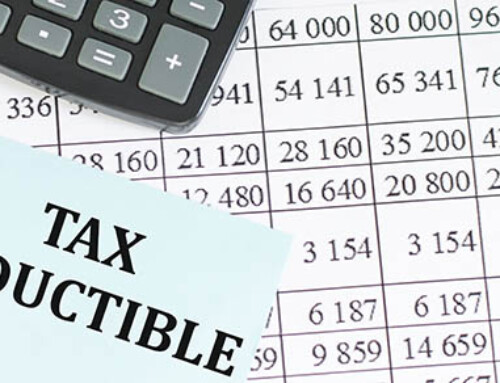Under pre-Act law, the taxpayer could deduct as an itemized deduction qualified residence interest, which included interest paid on a mortgage secured by a principal residence or a second residence. The underlying mortgage loans could represent acquisition indebtedness of up to $1 million ($500,000 in the case of a married individual filing a separate return), plus home equity indebtedness of up to $100,000.
New law. For tax years beginning after Dec. 31, 2017 and before Jan. 1, 2026, the deduction for interest on home equity indebtedness is suspended, and the deduction for mortgage interest is limited to underlying indebtedness of up to $750,000 ($375,000 for married taxpayers filing separately). (Code Sec. 163(h)(3)(F), as amended by Act Sec. 11043(a)) For tax years after Dec. 31, 2025, the prior $1 million/$500,000 limitations are restored, and a taxpayer may treat up to these amounts as acquisition indebtedness regardless of when the indebtedness was incurred. The suspension for home equity indebtedness also ends for tax years beginning after Dec. 31, 2025.
Treatment of indebtedness incurred on or before Dec. 15, 2017. The new lower limit doesn’t apply to any acquisition indebtedness incurred before Dec. 15, 2017.
“Binding contract” exception. A taxpayer who has entered into a binding written contract before Dec. 15, 2017 to close on the purchase of a principal residence before Jan. 1, 2018, and who purchases such residence before Apr. 1, 2018, shall be considered to incur acquisition indebtedness prior to Dec. 15, 2017.
Refinancing. The $1 million/$500,000 limitations continue to apply to taxpayers who refinance existing qualified residence indebtedness that was incurred before Dec. 15, 2017, so long as the indebtedness resulting from the refinancing doesn’t exceed the amount of the refinanced indebtedness. (Code Sec. 163(h)(3)(F), as amended by Act Sec. 11043(a))







Leave A Comment